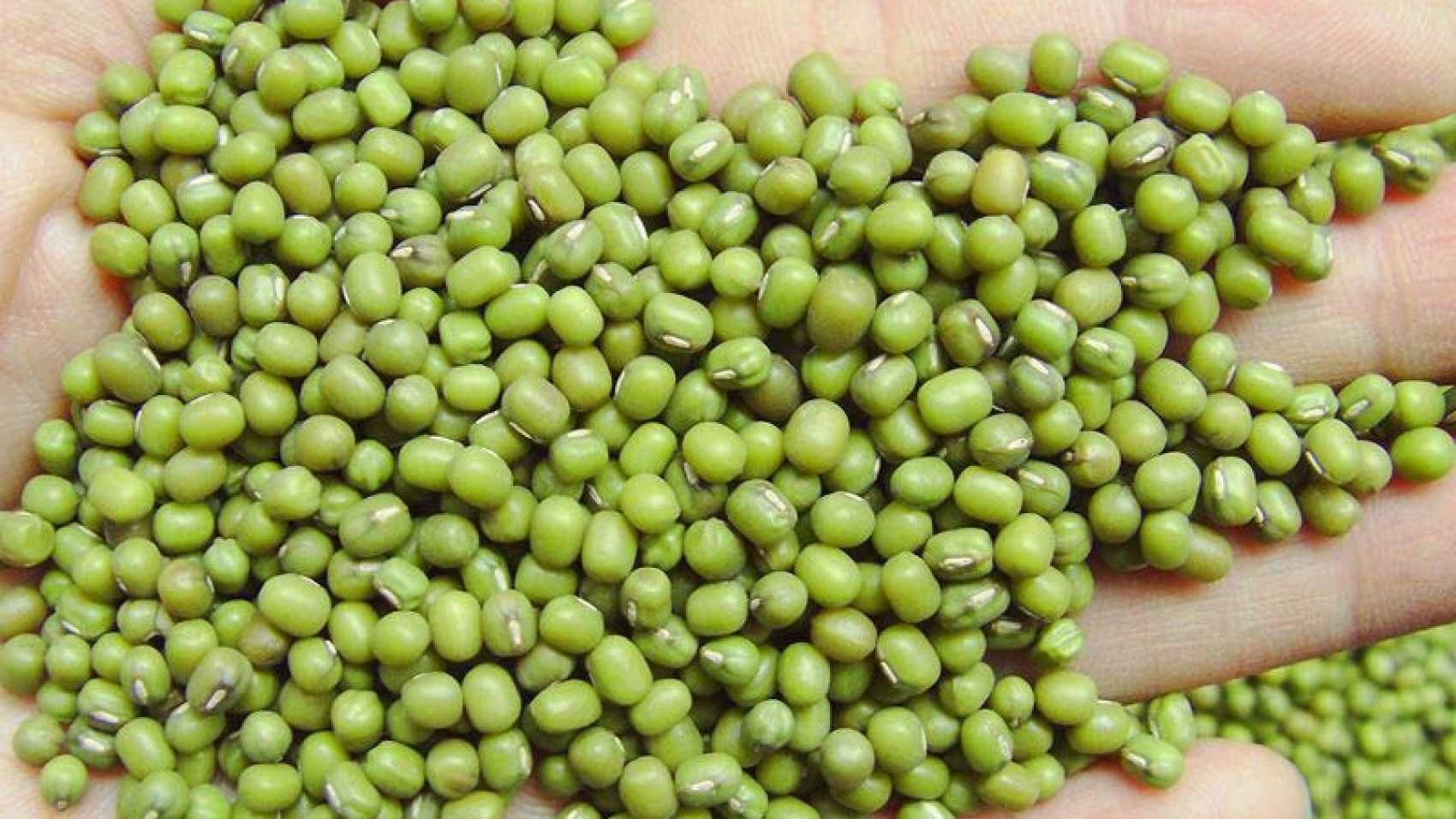The prices of the green gram are rising on the back of the high foreign demand, traders said. The prices (Shwe Wah variety) rocketed up to K105,000- 127,000 per three-basket bag. At present, the regular inflow of green grams is seen in the domestic market. India and China steadily demand the green gram. Additionally, some local traders are purchasing the green grams to export them to Thailand and Viet Nam as well.
China accounts for 60 per cent of Myanmar’s green gram exports. In addition, countries in the European Union also purchase green grams from Myanmar. The export volume of green grams to India is lower compared to other countries. China prefers green grams (Shwe Wah variety,) said an official from the Commerce Ministry. China makes value-added products from green grams and sends them to foreign markets. Moreover, it produces bean by-products as feedstuffs. The country has generated $266.49 million revenue from green gram exports in the first half (Oct-Mar) of the current financial year 2020-2021.
Myanmar’s green gram exports have registered at over 330,000 tonnes in the 2015-2016 financial year, over 400,000 tonnes in the 2016-2017FY, and over 350,000 tonnes in the 2017-2018FY and over 300,000 in the 2018-2019FY. Green grams are mostly exported to China through the border trade channels. Of the total pulses’ exports, green grams accounted for more than 26 per cent of the exports in the previous years. As per green gram plantation data, there are over 300,000 acres of plantations in the country. Green grams are primarily grown in Sagaing, Magway, Mandalay, Yangon, Bago, and Ayeyawady regions and Mon and Kayin states.
Source: The Global New Light of Myanmar

